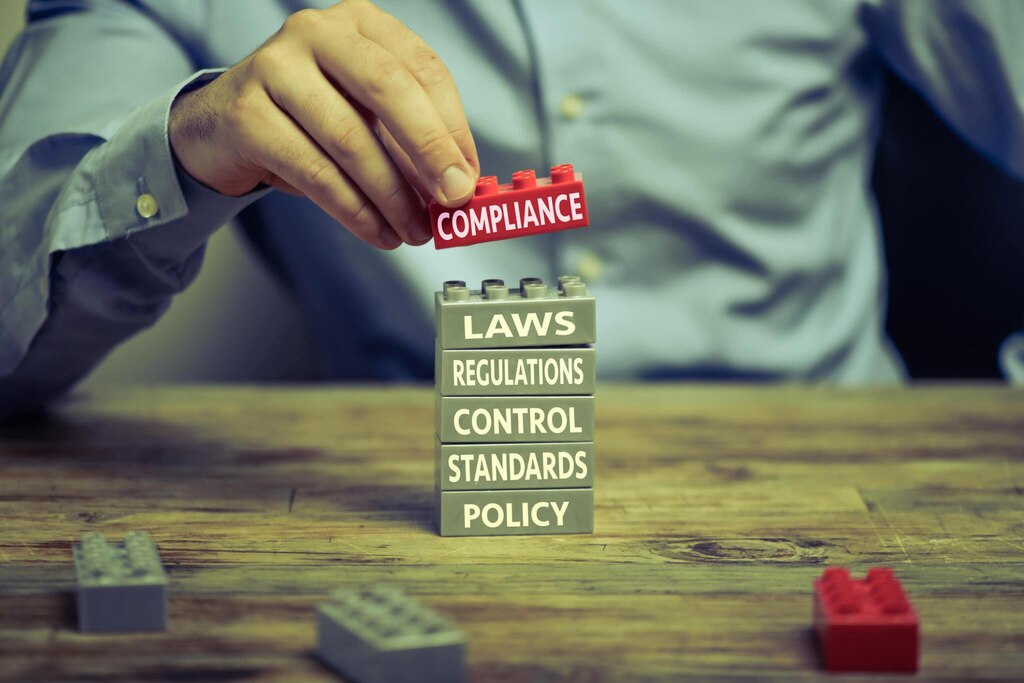In the realm of long-distance moving ventures, navigating the legal landscape can be a daunting task. Licensing requirements, regulations, and compliance standards vary significantly from one jurisdiction to another, posing significant challenges for businesses aiming to operate across state or national borders.
In this article, we delve into the essential aspects of the legal framework governing long-distance moving ventures. We explore strategic approaches to licensing, compliance, and risk management to ensure the smooth operation and longevity of such ventures.
Understanding the Regulatory Landscape
Long-distance moving ventures are subject to a myriad of regulations at the local, state, and federal levels. These regulations are primarily designed to safeguard consumers and ensure fair business practices within the moving industry.
At the federal level, the primary regulatory authority overseeing interstate moves is the Federal Motor Carrier Safety Administration (FMCSA), an agency within the U.S. Department of Transportation.
The FMCSA administers the licensing and registration requirements for interstate movers through its Unified Registration System (URS) and enforces safety regulations to prevent accidents and protect consumers’ belongings during transit.
State Regulations
In addition to federal regulations, long-distance moving ventures must also comply with state-specific requirements. Each state has its own licensing and regulatory framework governing intrastate moves, which often includes registration, insurance, and bonding requirements.
These regulations aim to ensure that moving companies meet certain standards of professionalism, financial responsibility, and accountability to protect consumers from fraudulent or substandard moving practices.

Licensing Requirements for Long-Distance Movers
Licensing is a crucial aspect of operating a long-distance moving venture. It not only legitimizes the business but also instills trust and confidence in consumers who are entrusting their belongings to a moving company like Marcelo Movers.
To obtain the necessary licenses for interstate and intrastate moving operations, companies must fulfill specific requirements imposed by regulatory authorities.
Interstate Licensing
For interstate moves, long-distance movers are required to register with the FMCSA and obtain a USDOT number, which serves as a unique identifier for the company. Additionally, movers must obtain operating authority, commonly known as an MC number, which grants them the legal authorization to transport household goods across state lines.
To obtain operating authority, companies must demonstrate compliance with various safety and insurance requirements set forth by the FMCSA.
Intrastate Licensing
Intrastate movers are subject to the regulations of the state(s) in which they operate. Licensing requirements for intrastate moves vary widely depending on the jurisdiction but typically involve obtaining a state-issued permit or license, providing proof of insurance coverage, and meeting specific financial and safety standards.
Some states may also require intrastate movers to undergo background checks and demonstrate competency through written examinations or training programs.
Compliance and Risk Management Strategies
Compliance with regulatory requirements is essential for the long-term success and sustainability of a moving venture. Failure to adhere to licensing and safety standards can result in severe penalties, fines, or even the revocation of operating authority.
To mitigate risks and ensure ongoing compliance, moving companies should implement robust risk management strategies and adhere to best practices in regulatory compliance.

Documentation and Record-Keeping
Maintaining accurate and up-to-date documentation is critical for demonstrating compliance with licensing and regulatory requirements. Moving companies should keep comprehensive records of their licenses, permits, insurance policies, vehicle registrations, safety inspections, and employee qualifications.
By maintaining organized records, companies can readily respond to regulatory inquiries and audits, reducing the risk of non-compliance.
Training and Education
Investing in employee training and education is essential for promoting a culture of compliance within the organization. Employees involved in the moving process should receive proper training on safety protocols, proper handling techniques, customer service standards, and regulatory requirements.
Regular training sessions and refresher courses can help ensure that employees remain informed about evolving regulations and best practices in the moving industry.
Safety and Quality Assurance
Prioritizing safety and quality assurance measures is paramount for mitigating risks associated with long-distance moving operations. Moving companies should implement rigorous safety protocols, including vehicle maintenance, driver training, load-securing procedures, and accident prevention strategies.
Conducting regular safety inspections and audits can help identify potential hazards and ensure compliance with safety regulations.
Legal Counsel and Compliance Assistance
Engaging legal counsel or compliance consultants with expertise in the moving industry offers valuable guidance. Legal experts aid firms in understanding laws, reducing risks, and resolving disputes with regulators or clients. By seeking proactive legal advice, moving ventures can safeguard their interests and maintain compliance with licensing requirements.
Challenges and Emerging Trends
Long-distance moving ventures face a myriad of challenges and emerging trends that impact their licensing and regulatory compliance efforts. From technological advancements to shifting consumer preferences, staying ahead of these developments is essential for success in the industry.

Technological Advancements
Technological innovations like GPS, ELDs, and online platforms are reshaping long-distance moving practices. Advancements promise efficiency, and enhance customer experiences, yet bring regulatory scrutiny, demanding adherence and compliance rigorously.
Consumer Protection
Consumer protection concerns are increasingly shaping the regulatory landscape for long-distance movers. Authorities are reviewing pricing transparency, contracts, and dispute resolution to safeguard consumers from unfair practices.
Environmental Sustainability
Environmental sustainability in moving includes reducing emissions and adopting eco-friendly practices to address climate concerns. Moving ventures may face pressure to demonstrate their commitment to sustainability through initiatives such as fuel-efficient transportation methods and waste reduction efforts.
Conclusion
In conclusion, navigating the legal framework surrounding long-distance moving ventures requires a strategic approach to licensing, compliance, and risk management. Understanding regulations, licensing, and compliance ensures legality, consumer protection, and operational risk mitigation for moving companies.
Long-distance movers ensure safety, quality, and education to thrive in a regulated industry landscape. Proactive engagement with legal counsel and adherence to best practices ensure thriving ventures with integrity.
